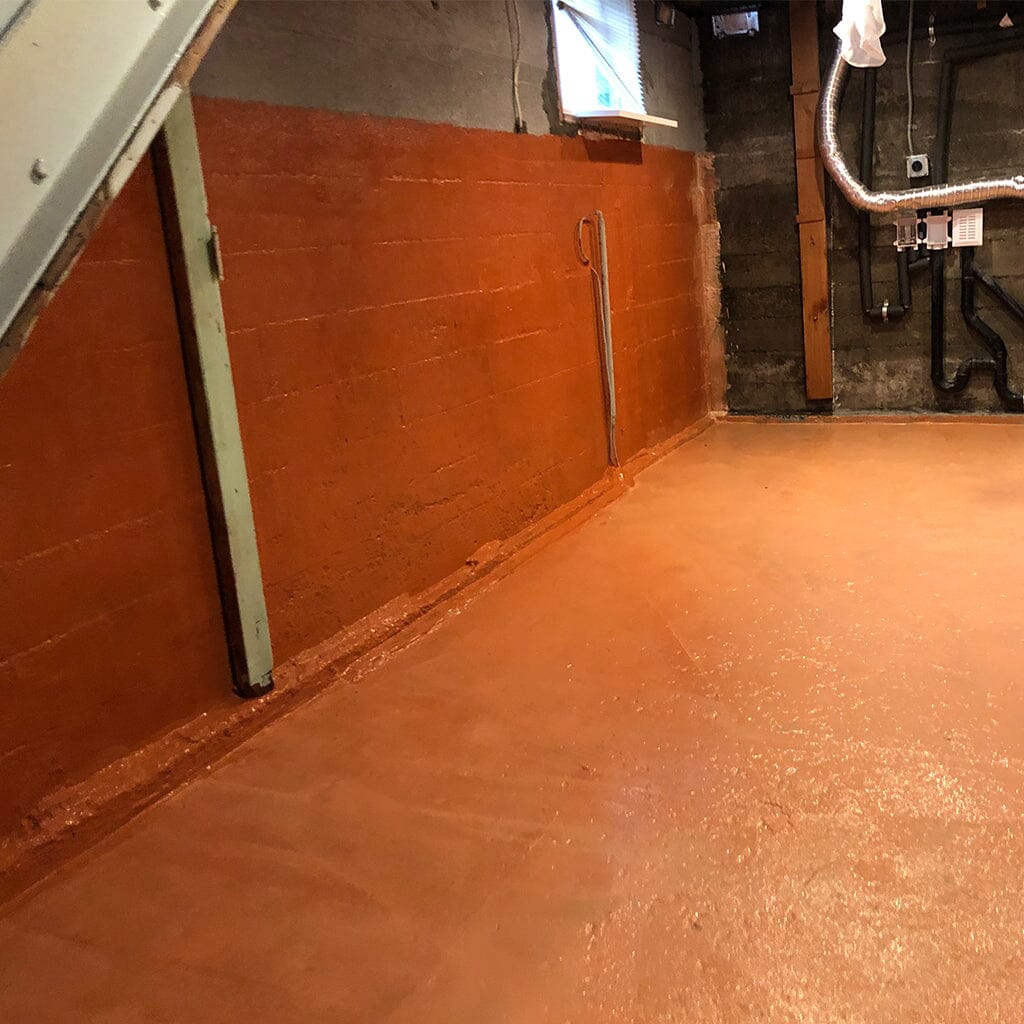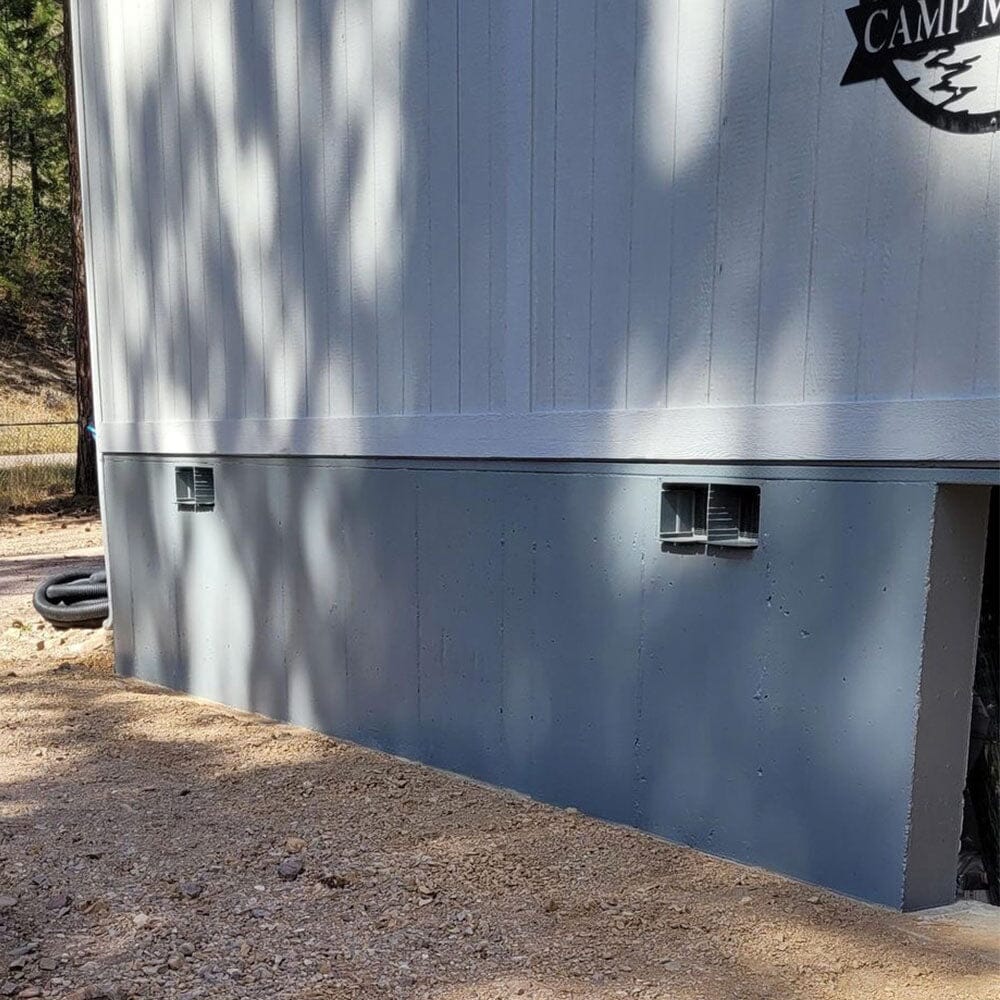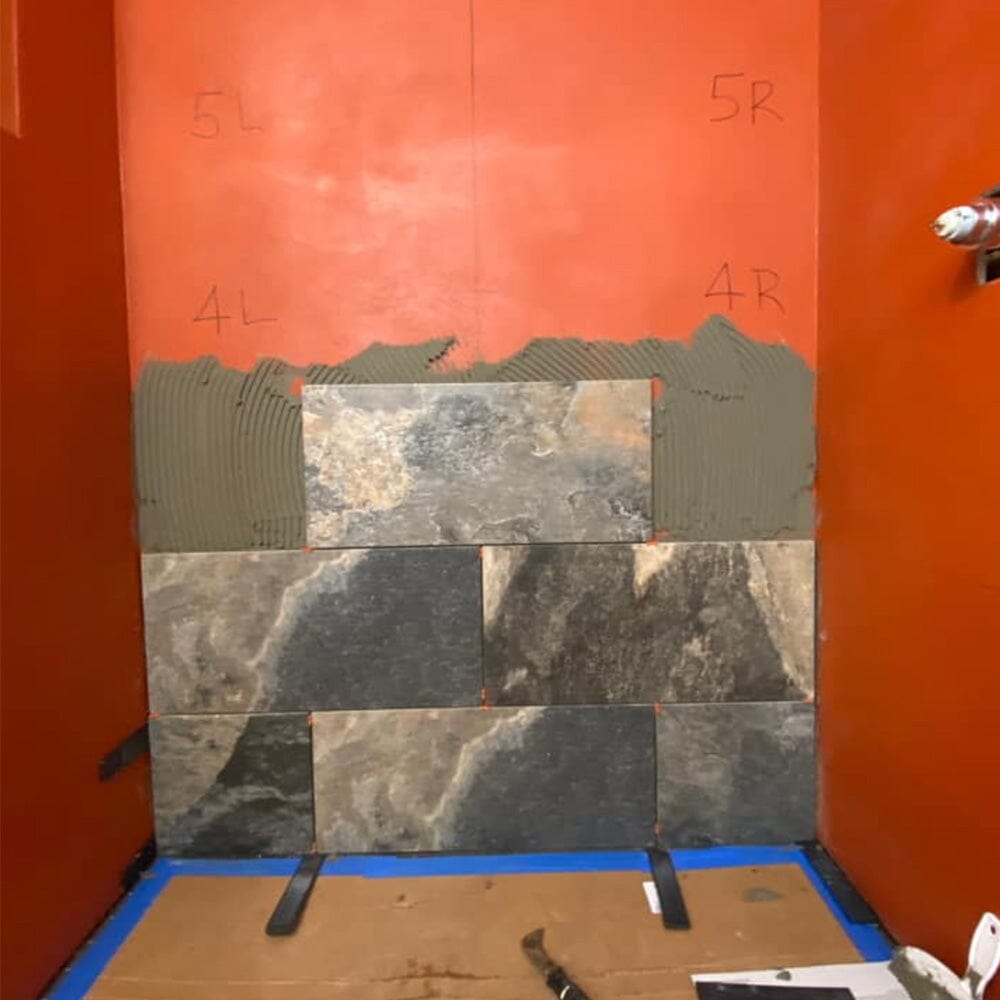Water damage can be a homeowner's worst nightmare, leading to costly repairs if not properly managed. The most common type are basement leaks, which can be especially problematic, leading to mold, mildew, and structural instability. Fortunately, there are a few simple DIY steps you can take to stop basement leaks and waterproof your walls and foundation beforehand. With the right supplies and a little bit of know-how, you can easily prevent water damage in your basement and keep your home dry.
Identifying the Leak Source
The first step in fixing a leaky basement is to identify the source of the leak. This can be tricky, as the water may be coming from multiple sources, or the source may be hidden behind a wall or under the flooring. To get started, you'll need to inspect the basement walls and floors carefully, looking for signs of moisture, discoloration, or staining. If the leak is coming from a pipe, for example, you may also be able to see condensation or dripping water.
Once you've identified the source of the leak, you can move on to the next step in the process. Another way to identify the source of the leak is to use a moisture meter. These devices measure the moisture content of a material, allowing you to pinpoint the exact source of the leak; and they can also help you identify any other areas in the basement that may be at risk of water damage.
Preparing the Area for Repair
When preparing the area for repair, you'll also need to make sure you have all the necessary supplies on hand. This includes a trowel, paint roller, old clothing to wear while painting and the SEMCO Liquid Membrane for the job. Notwithstanding any other materials needed to complete the repair. It's also a good idea to have a bucket, mop, and towels handy to clean up any spills or messes that may occur during the repair process.
The right preparation method is the key to success to any project. If you have constant moisture and need to mitigate that moisture first, we do offer Natural Shield which will penetrate into the bare surface and cures inside. For any magnesium deposits or efflorescence, we can guide you through the right Prep Method.
Inspecting for Additional Leaks
It's a good idea to check the area periodically in the future to make sure the repair is still effective. If you notice any signs of a leak, you'll need to repeat the repair process as soon as possible to prevent further water damage.
Maintaining Your Basement
You’ll want to check up on things every once in a while, looking for any signs of moisture or dampness. If you notice any, you'll need to take steps to address the issue before it leads to a leak. This may include installing a dehumidifier in the basement, sealing any cracks in the walls or floors, or replacing any old or damaged pipes, if you notice persistent moisture.
Cost-Effective Solutions for Fixing Leaks
While basement leaks can be a major headache for homeowners, and can lead to potentially costly repairs, there are a few simple DIY steps you can take to stop basement leaks before they do serious damage.
Shop SEMCO waterproofing products today to find the cost-effective DIY solution for sealing any cracks or holes in the walls or floors. With the right supplies and a little bit of elbow grease, you can easily keep your basement dry and prevent any water damage from occurring now and well into the future.





